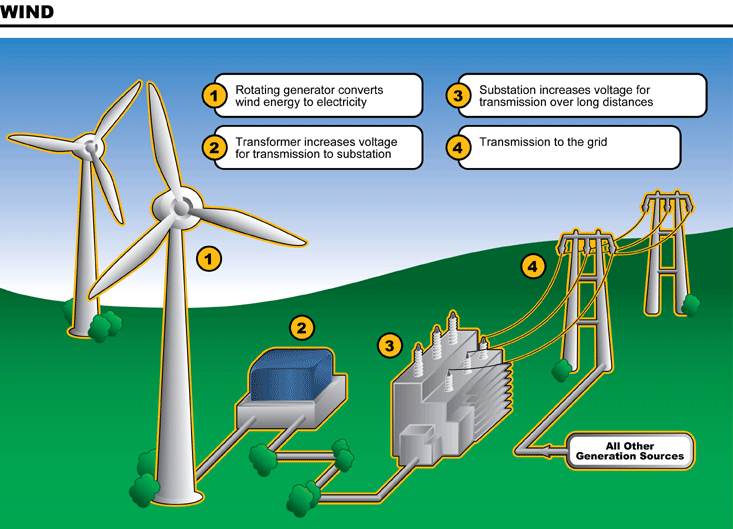In December 2013, legislation was passed breaking the 75 year state monopoly of oil, gas and electricity. This creates an important opportunity for private and foreign investment in Mexican energy production, especially in renewables with large potential, like wind and solar. With the national target of 35% of energy coming from renewables by 2024, Mexican Secretary of Energy Joaquín Coldwell, representing President Enrique Peña Nieto at the Mexico WindPower 2014 in February 2014, challenged the wind industry to install roughly 2 GW per year for the next decade. The Mexican Wind Energy Association (AMDEE) has set a target of 12,000 megawatts of wind power by 2022, an increase of 10,000 megawatts from today.
Wind Energy
By the end of 2013, Mexico’s installed capacity in wind projects reached almost 2,000MW. The Global Wind Energy Council (GWEC) estimates that in 2014, 700 MW of additional capacity which are under construction will be completed. 78% of these additional projects are also located in the Isthmus de Tehuantepec region where 89% of the current total comes from. In order to reach 12,000MW by 2022, Mexico must greatly increase production of wind farm projects. The construction of the new wind projects in Oaxaca and Baja California will provide an additional 714 MW. Current development projects outside the Open Seasons in Oaxaca, Coahuila, Sonora and Yucatan could incorporate around 3,470 MW.

Sonora and Baja California present the easiest installment as they can easily link to the California energy grid system and export energy there. This has already been happening on a small scale and could be expanded as new wind turbines are installed. A plant at Cerro Prieto in Baja California has had enormous success in geothermal energy and has been able to not only make the state independent in energy generation but have enough surplus to allow for exports to California.
According to AMDEE, a single wind turbine of one megawatt (1 MW), which runs for a year, can replace the emission of more than 1,500 tons of carbon dioxide. While not quite at the 12,000MW goal, finishing wind projects in Oaxaca, Baja California, Coahuila, Sonora and Yucatan would provide 4,184MW or roughly 6 MtCO2 in emissions reductions per year. If the full 12,000MW can be reached, just under 20 MtCO2 per year of emissions reductions can come from wind energy by 2022.
Solar
This past March 2014, Mexico emerged as the third most attractive solar market. Mexico now only trails behind South Africa and Turkey. IHS predicts that a total of 327 MW will be installed in Mexico this year. Important to note is the former 3rd place holder, Romania. They dropped from 3rd to 9th after solar subsidies were cut in half. Once Mexico obtains funding, it will have to be consistent of risk losing not only attractiveness, but a huge potential source of energy.

Mexico is a heretofore untapped resource of sun energy. The six northern states of Baja California, Sonora, Chihuahua, Coahuila, Nuevo Leon, and Tamaulipas have large potential for solar development. The average radiation levels in these six states are among the highest in the world and nearly twice the amount of the leader in solar development, Germany.
Policy Opportunity
Mexico’s new solar attractiveness ranking has come out at the perfect time. Mexico only has ten years to convert to 35% renewable energy. With investments in wind and solar, this is not impossible.
